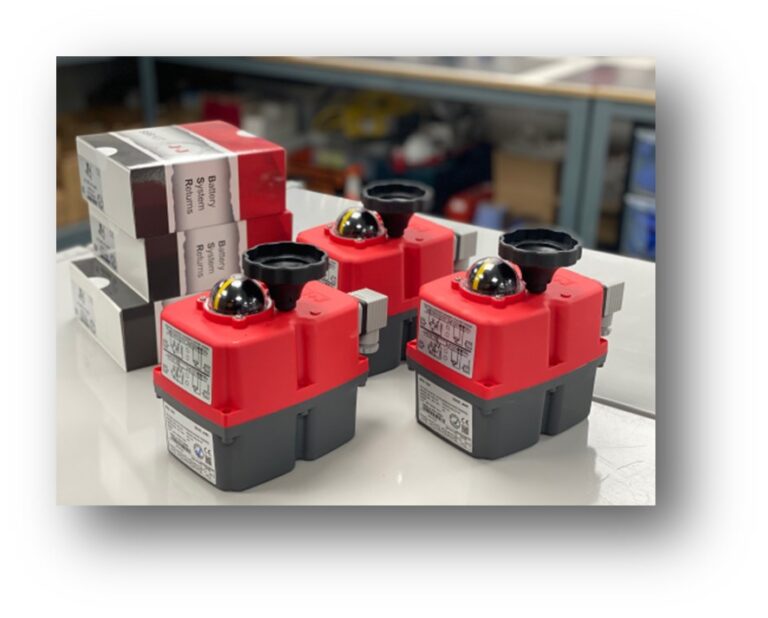Actuated Valves
Have you ever wondered how valves work in various industries such as oil and gas, water treatment, or chemical manufacturing? Valves play a crucial role in controlling the flow of fluids and gases, but not all valves are created equal. In fact, actuated valves have become increasingly popular due to their advanced technology and automation capabilities.
What is an Actuated Valve?
An actuated valve is a type of valve that is automatically controlled by an actuator. The actuator is typically an electric or pneumatic device that is used to open or close the valve.
What Types of Actuated Valves are Available?
Some of the most common types of actuated valves are listed below:
Ball Valves
These valves have a ball-shaped disk that rotates to allow or block the flow of fluid. They are commonly used for applications that require tight shut-off and high flow rates.
Butterfly Valves
These valves have a disk that rotates around an axis perpendicular to the flow of fluid. They are often used in applications that require quick and easy shut-off.
Globe Valves
These valves have a disk that moves up and down to regulate the flow of fluid. They are commonly used in applications that require precise flow control.
Diaphragm Valves
These valves use a flexible diaphragm to regulate the flow of fluid. They are often used for applications that require high purity and low maintenance.
Gate Valves
These valves have a gate-shaped disk that moves up and down to control the flow of fluid. They are commonly used for applications that require high-pressure and low-flow rates.

Are There Different Types of Actuators Available?
Actuators come in a variety of types, each with its own unique features and applications. The most common types of actuators include electric, hydraulic, and pneumatic.
Electric actuators use electrical energy to produce a mechanical motion. They are often used in applications that require precise control and positioning, such as in robotics and automation.
Hydraulic actuators rely on pressurized fluid to produce a mechanical motion. They are often used in heavy-duty applications, such as in construction equipment and industrial machinery.
Pneumatic actuators use compressed air to produce a mechanical motion. They are often used in applications that require high-speed and low-force output, such as in transportation and manufacturing.
Other types of actuators include thermal, magnetic, and piezoelectric.
Thermal actuators use temperature changes to produce a mechanical motion, while magnetic actuators use magnetic fields.
Piezoelectric actuators use an electric charge to produce a small mechanical motion and are often used in medical equipment and microelectronics.
Why Use an Actuated Valve Instead of a Manual Valve?
Actuated valves offer a number of advantages over manual valves. For one, they provide greater precision and control, allowing for more accurate regulation of flow rates. This can be particularly important in applications where precise flow control is necessary for safety or quality reasons.
Another advantage of actuated valves is that they can be operated remotely, eliminating the need for personnel to be physically present to adjust valve settings. This not only increases efficiency, but also reduces the risk of injury or accidents.
Actuated valves can also operate faster and more reliably than manual valves, reducing the risk of system failure or downtime. This can be particularly important in process control applications where any interruption to production can be costly.
Conclusion
Actuated valves are an essential component in many industrial processes, and their proper selection and installation can make a significant difference in the efficiency and safety of those processes.
With the right knowledge and guidance, you can choose the best actuated valve for your specific application and ensure its optimal performance. Whether you are looking for electric, pneumatic, or hydraulic actuation, there are solutions available to meet your needs.
By working with experienced professionals and staying up-to-date with the latest technology, you can maximize the benefits of actuated valves and achieve your operational goals.
